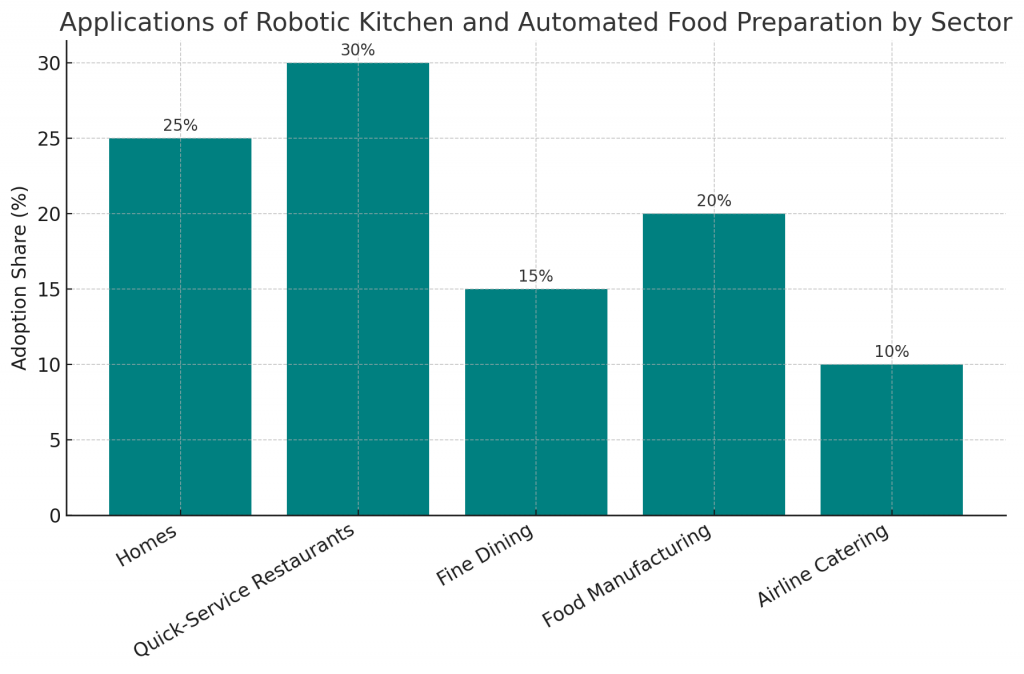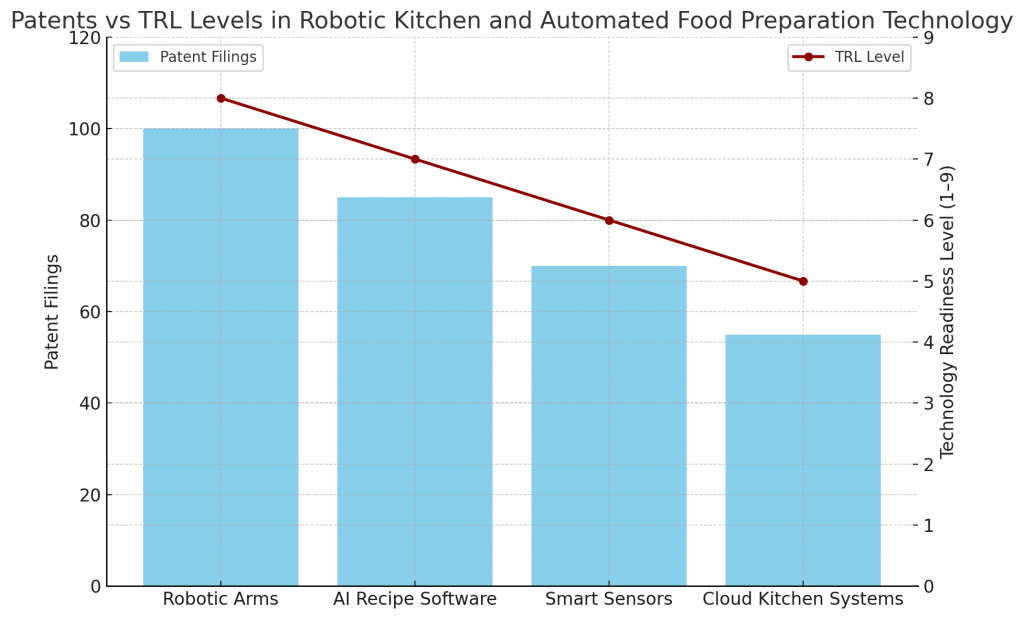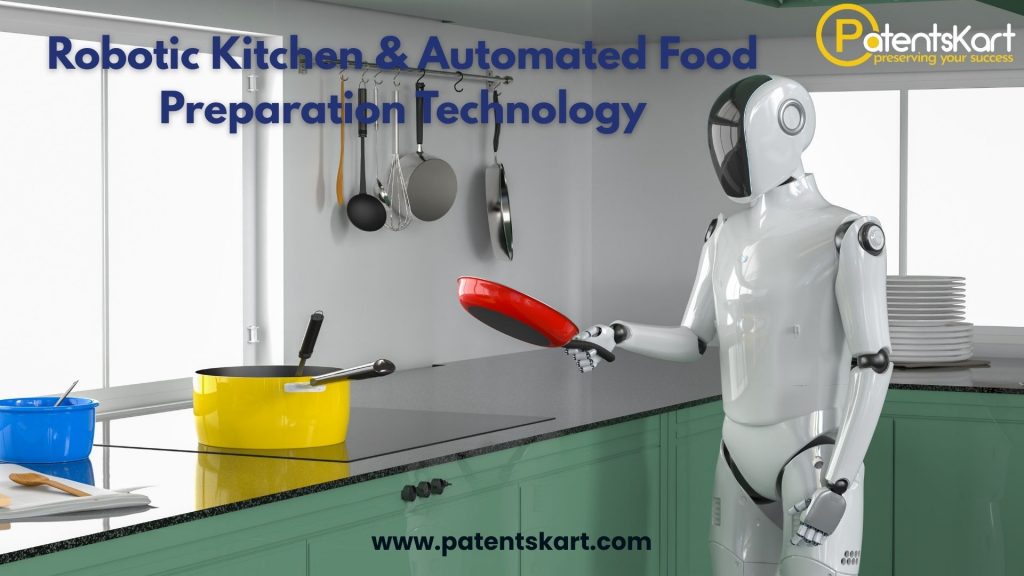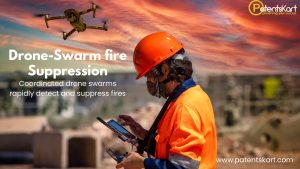The kitchen has always been the heart of human life, from ancient wood-fired stoves to today’s high-tech appliances. Yet, a new revolution is underway—robotic kitchen and automated food preparation technology. By merging robotics, artificial intelligence, machine vision, and automation, this innovation is transforming how meals are prepared at home, in restaurants, and across industrial foodservice.
From robotic arms flipping burgers to smart cooking systems that follow recipes flawlessly, robotic kitchen and automated food preparation technology is redefining convenience, consistency, and efficiency. It not only addresses consumer demand for personalized dining but also helps the food industry tackle labor shortages, operational costs, and sustainability challenges.
What Is Robotic Kitchen and Automated Food Preparation Technology?
Robotic kitchen and automated food preparation technology refers to integrated systems where robots, AI, and smart devices handle various cooking tasks. Unlike traditional appliances, these systems are capable of preparing entire meals without human intervention.
Core elements include:
- Robotic arms: Mimic human movements for chopping, mixing, and cooking.
- AI-powered software: Uses algorithms to replicate recipes with precision.
- Smart kitchen systems: Connected appliances that communicate seamlessly.
- Automated food delivery units: Transport dishes within commercial kitchens.
This blend of food robotics and AI marks a leap from basic kitchen automation to full-scale culinary innovation.
Why Is Robotic Kitchen and Automated Food Preparation Technology Important?
This technology addresses several critical issues:
- Labor shortages: Restaurants and foodservice providers face global staffing challenges.
- Consistency: Ensures every dish is prepared to exact standards.
- Efficiency: Cuts down prep times and reduces food waste.
- Hygiene and safety: Robots minimize contamination risks.
- Scalability: Makes high-volume food preparation feasible without quality loss.
As foodservice industries embrace automated meal prep, the benefits ripple across both consumers and businesses.
How Does Robotic Kitchen and Automated Food Preparation Technology Work?
The process integrates robotics and AI into cooking workflows:
- Step 1: Ingredient preparation – Vision systems and robotic arms identify, chop, or portion ingredients.
- Step 2: Cooking automation – Smart appliances or robotic arms fry, boil, or grill with precision.
- Step 3: AI monitoring – Algorithms adjust temperature, seasoning, and timing dynamically.
- Step 4: Assembly and plating – Automated systems combine components into finished dishes.
- Step 5: Delivery or serving – In restaurants, robots deliver meals directly to customers.
By uniting AI cooking technology with robotics, kitchens achieve seamless automation.
What Are the Benefits of Robotic Kitchen and Automated Food Preparation Technology?
The advantages extend far beyond convenience:
- Labor savings: Cuts reliance on manual kitchen staff.
- Customization: Personalized meals adjusted by AI preferences.
- Operational efficiency: Faster service with consistent quality.
- Food safety: Controlled processes reduce contamination risks.
- Sustainability: Optimized cooking reduces waste and energy use.
This makes robotic kitchen and automated food preparation technology attractive to both home users and large-scale foodservice providers.
What Are the Applications of Robotic Kitchen and Automated Food Preparation?
Applications range from households to global restaurant chains:
- Residential smart kitchens: AI-enabled appliances prepare meals at home.
- Quick-service restaurants: Robots handle repetitive tasks like frying or flipping.
- Fine dining: Automated precision cooking for complex recipes.
- Food manufacturing plants: Large-scale automated meal prep.
- Airlines and catering services: Standardized, high-volume dish preparation.

Each application shows how robotic kitchen and automated food preparation technology adapts across consumer and industrial levels.
Which Companies Are Leading in This Field?
Global corporations investing heavily include:
- Moley Robotics: Pioneers of fully robotic kitchen systems.
- Chowbotics (acquired by DoorDash): Salad-making robots for restaurants.
- Miso Robotics: Known for “Flippy,” the burger-flipping robot.
- Samsung: Integrating AI into smart kitchen appliances.
- Sony AI: Exploring robotic culinary innovation.
These leaders highlight how smart kitchen systems are moving from novelty to mainstream adoption.
Which Startups Are Innovating Rapidly?
Startups bring agility and fresh ideas to the field:
- Spyce (acquired by Sweetgreen): Automated restaurants with robotic cooking lines.
- Ekim: Pizza-making robots for quick-service outlets.
- Bear Robotics: Food delivery robots in dining spaces.
- Kitchen Robotics: Cloud kitchens powered by robotic cooking units.
- Picnic: Automating pizza assembly with robotic precision.
Together, startups are scaling automated food preparation technology worldwide.
What Do Patents and TRL Levels Indicate?
Patent activity highlights innovations in:
- Robotic arm design for food handling.
- AI-driven recipe software for adaptive cooking.
- Smart sensors to ensure food safety.
- Connected kitchen ecosystems for IoT integration.
Technology Readiness Levels (TRLs):
- Automated cooking appliances: TRL 8–9, in commercial use.
- Robotic kitchens: TRL 6–8, in pilot phases.
- AI-driven personalization: TRL 5–7, still maturing.
- Cloud-based cooking systems: TRL 4–6, under development.

These insights show a fast-moving sector with strong commercial traction.
What Are the Challenges?
Despite progress, hurdles remain:
- High upfront costs: Robotic kitchens require major investment.
- Complex integration: Syncing robotics, AI, and appliances can be difficult.
- Consumer acceptance: Some diners still prefer human-prepared meals.
- Regulatory compliance: Food safety standards must adapt.
- Maintenance demands: Robotics require servicing and technical expertise.
Overcoming these barriers is essential for scaling robotic kitchen and automated food preparation technology.
What Is the Future Outlook?
The future promises exciting trends:
- AI-driven personalization: Meals tailored to nutrition and taste preferences.
- Cloud kitchens: Fully automated facilities serving delivery-only markets.
- 5G and IoT integration: Real-time data for smarter cooking.
- Sustainable cooking: Energy-efficient systems with zero waste.
- Global adoption: Mainstream entry into homes, restaurants, and catering.
With these advances, robotic kitchen and automated food preparation technology is set to redefine foodservice globally.
How Can PatentsKart Help?
PatentsKart supports innovators in robotic kitchen and automated food preparation technology by providing:
- Patent landscapes to identify innovation gaps.
- Freedom-to-operate analysis to avoid IP conflicts.
- TRL benchmarking to assess readiness.
- Competitor intelligence to track startups and leaders.
- Partnership scouting to accelerate commercialization.
This ensures that businesses can innovate confidently and secure their market positions.
Conclusion
Cooking is evolving from a human-led art to a collaboration between chefs, robotics, and AI. Robotic kitchen and automated food preparation technology represents the next great shift in food culture, combining convenience, efficiency, and innovation.
For consumers, it promises healthier, personalized, and faster meals. For businesses, it provides scalability, sustainability, and long-term competitiveness. The future of cooking belongs to those embracing robotics and automation today.
FAQs About Robotic Kitchen and Automated Food Preparation Technology
Q1. What is robotic kitchen and automated food preparation technology?
It is a system where robots and AI automate cooking, meal prep, and delivery.
Q2. Why is this technology important?
It solves labor shortages, ensures consistency, and improves food safety.
Q3. Which companies lead this market?
Moley Robotics, Miso Robotics, Chowbotics, Samsung, and Sony AI.
Q4. What are the challenges?
High costs, integration complexity, and consumer acceptance.
Q5. How does PatentsKart help innovators?
By providing IP analysis, competitor insights, and TRL roadmaps.







